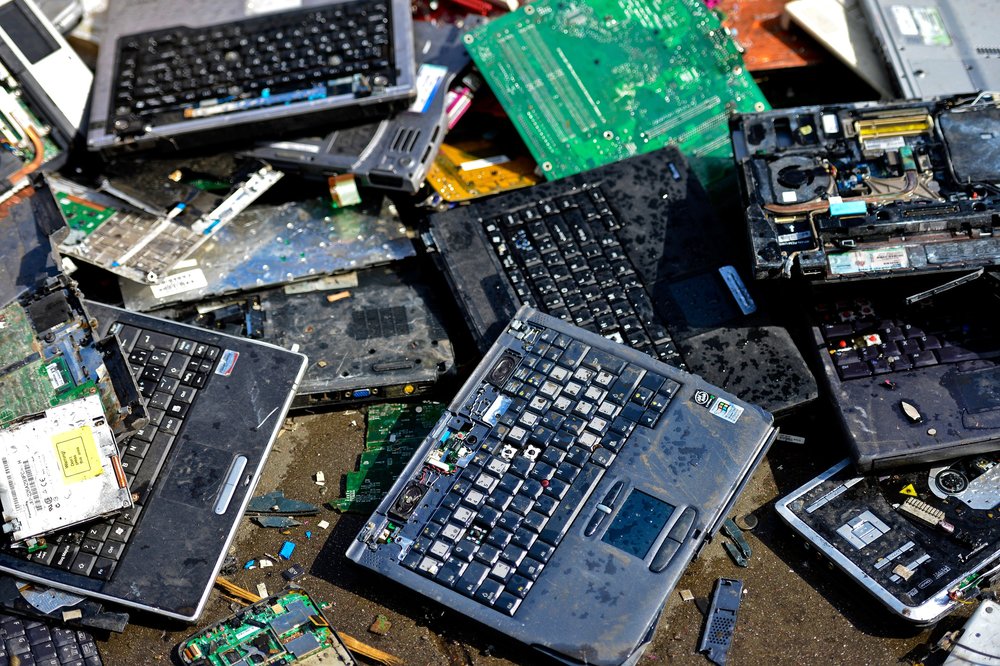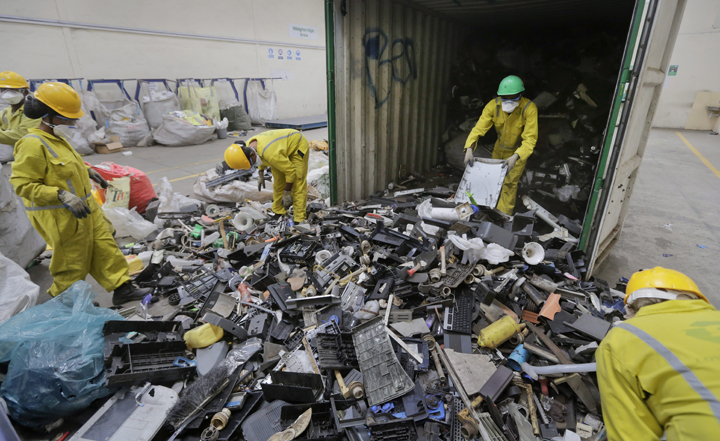Gallery

FACT
Energy Savings
Recycling e-Waste is a great way to save energy. Recycling uses far less energy than mining for virgin ore to make new metals. Recycling one million laptops saves the same amount of energy that it would take to power 3,657 homes each year.

FACT
Losing Heavy Metals
Up to 40 percent of the heavy metals in U.S. landfills are contained within discarded electronics. If we don’t recycle those metals, manufacturers have to rely on the far more costly process of mining for virgin ore to make new metals.

FACT
Staying Home
China has stopped accepting certain kinds of e-Waste being imported there, so more e-waste is staying in the U.S. now. That raises the possibility of not only increasing recycling rates but turning more of the valuable materials within them over to the circular economy.

FACT
Billions of Dollars Get Lost
Because electronic devices contain valuable raw materials like gold, copper, silver, and nickel, they can be extracted and resold to manufacturers creating new products. Those materials are lost when e-waste is sent to landfills. It’s been estimated that in 2016, the total value of the raw materials within e-waste amounted to $65 billion.

FACT
Lead Poisoning
Lead is another toxin in e-waste, and lead poisoning can cause health problems that include the impairment of cognitive and verbal activity. Long-term exposure can lead to paralysis or coma.

FACT
Recycling Creates Jobs
Recycling creates jobs. It’s been estimated that recycling computers alone can create 296 new jobs each year for every 10,000 tons of computer waste that gets processed. The recycling industry is growing and creating hundreds of thousands of new jobs across the globe.